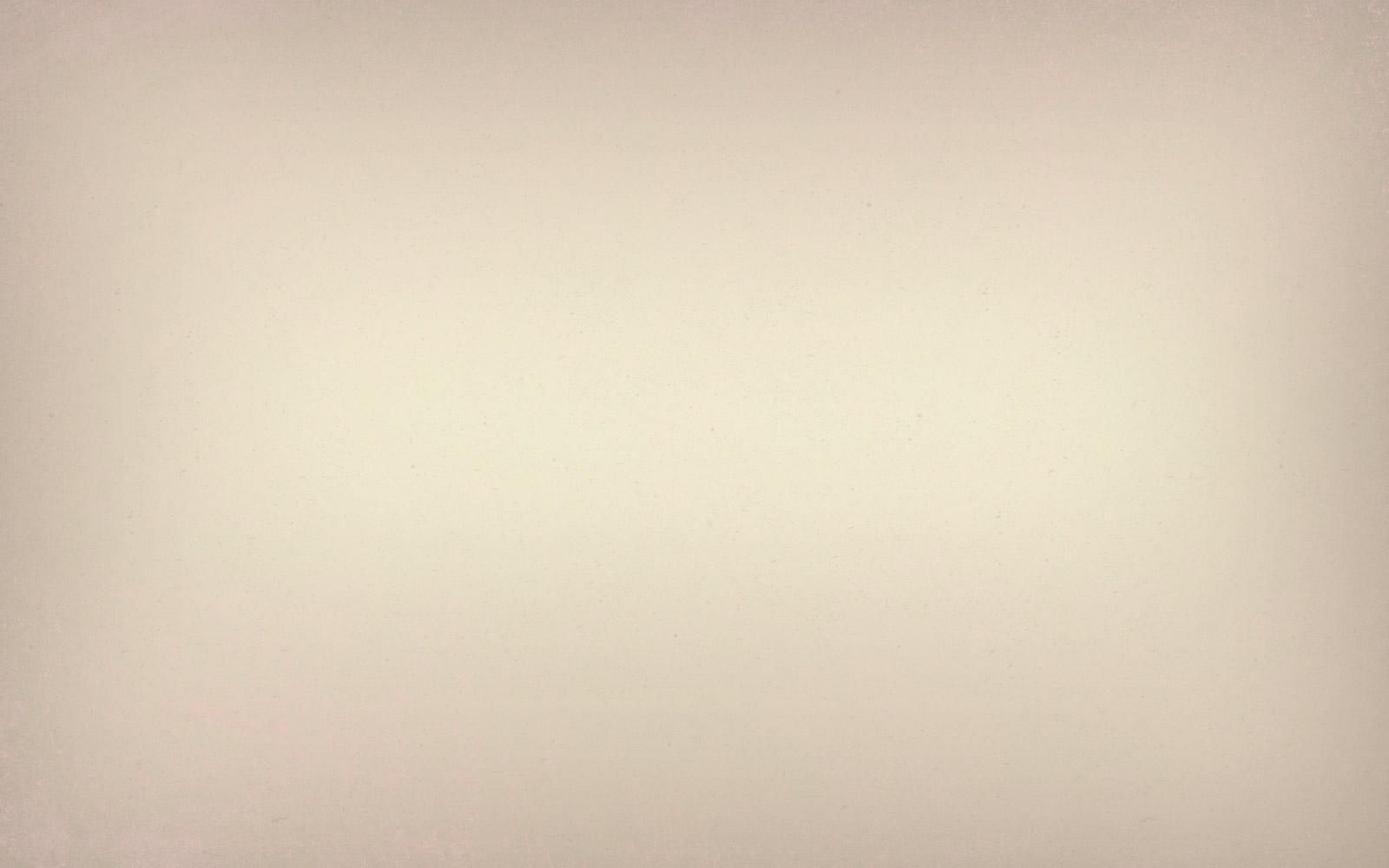
Pi Day 2013
3.14159265358979323846264338327950288419716939
Brief History of Pi
By measuring circular objects, it has always turned out that a circle is a little more than 3 times its width around. In the Old Testament of the Bible (1 Kings 7:23), a circular pool is referred to as being 30 cubits around, and 10 cubits across. The mathematician Archimedes used polygons with many sides to approximate circles and determined that Pi was approximately 22/7. The symbol (Greek letter “π”) was first used in 1706 by William Jones. A ‘p’ was chosen for ‘perimeter’ of circles, and the use of π became popular after it was adopted by the Swiss mathematician Leonhard Euler in 1737. In recent years, Pi has been calculated to over one trillion digits passed its decimal. Only 39 digits past the decimal are needed to accurately calculate the spherical volume of our entire universe, but because of Pi’s infinite & patternless nature, it’s a fun challenge to memorize, and to computationally calculate more and more digits.
Searching Pi
Pick a number sequence that’s special to you—perhaps your birth date.
Go to the Pi-Search Page and type your sequence in the search box at the top of the page. This web site will search the first 200 million digits of pi in a fraction of a second. (See “How it works” on the Pi-Search Page to find out how this is accomplished.) If it finds your sequence, it will tell you at what position in pi your sequence begins and will display your sequence along with surrounding digits.
No result? Try another sequence. The shorter the sequence, the better the odds of finding it.
Go to the Pi-Search Page and type your sequence in the search box at the top of the page. This web site will search the first 200 million digits of pi in a fraction of a second. (See “How it works” on the Pi-Search Page to find out how this is accomplished.) If it finds your sequence, it will tell you at what position in pi your sequence begins and will display your sequence along with surrounding digits.
No result? Try another sequence. The shorter the sequence, the better the odds of finding it.
What's going on?
Tossing Pi
Draw a series of parallel lines on the paper or cardboard, as many as will fit, making sure that the distance between each line is exactly equal to the length of your toothpicks. Now, one by one, randomly toss toothpicks onto the lined paper. Keep tossing until you’re out of toothpicks—or tired of tossing.
It’s time to count. First, remove any toothpicks that missed the paper or poke out beyond the paper’s edge. Then count up the total number of remaining toothpicks. Also count the number of toothpicks that cross one of your lines.
Now use this formula to calculate an approximation of pi:
Pi = 2 × (total number of toothpicks) / (number of line-crossing toothpicks)
It’s time to count. First, remove any toothpicks that missed the paper or poke out beyond the paper’s edge. Then count up the total number of remaining toothpicks. Also count the number of toothpicks that cross one of your lines.
Now use this formula to calculate an approximation of pi:
Pi = 2 × (total number of toothpicks) / (number of line-crossing toothpicks)
Check out these videos:
Happy Pi Day (3.14) Domino Spiral
Pi Day Song (Lose Yourself in the Digits)
Pi Rap
New Sport: Pi Ball ?
As recent as 2008, a new sport was invented in South Africa – supposedly on Pi Day. It’s played on a circular court around a central circular ball strike area – and it’s called “Pi Ball”.
It’s comparable to beach volleyball, but where two players on a team are separated by a net, pi-ball players instead stand diametrically opposite one another within the confines of a circular court.
Staci Stephens
6th grade math teacher in Brenham ISD
Email: sstephens@brenhamk-12.net
Website: stuckinthemiddlemath.blogspot.com
Location: Brenham, TX
Twitter: @msstephensmath
For more information on pi day check out http://www.piday.org/
Check out Pi in the Sky: A Featured Art Exhibit http://ishky.com/pi/









